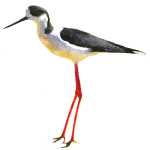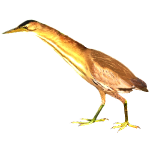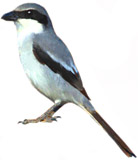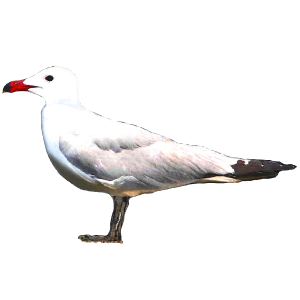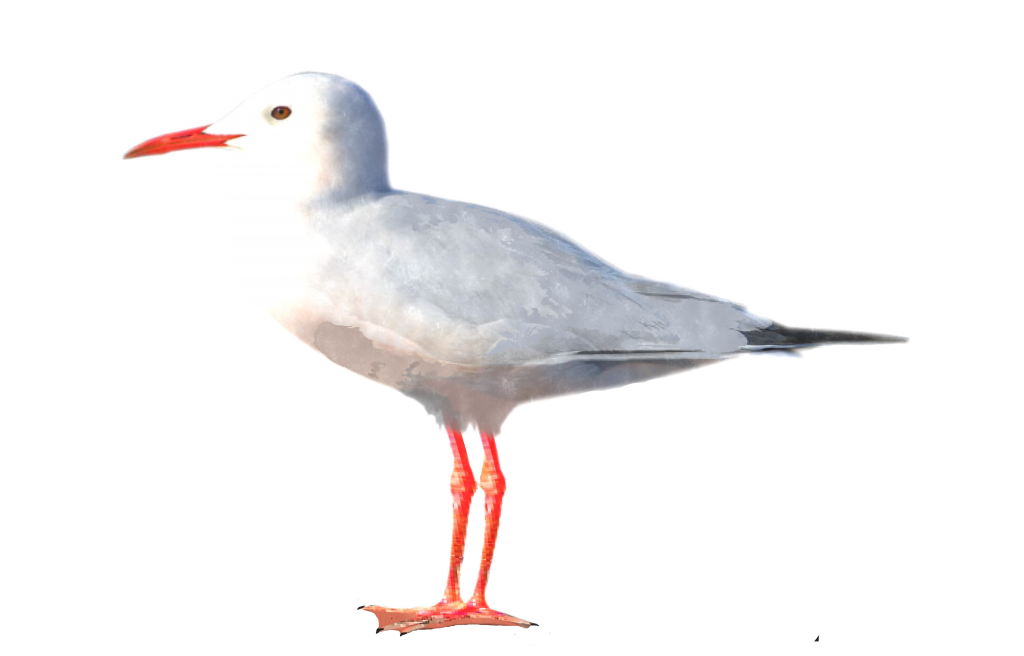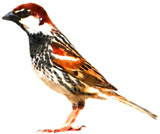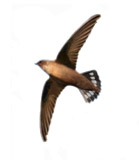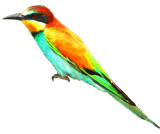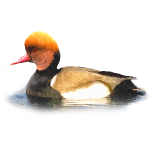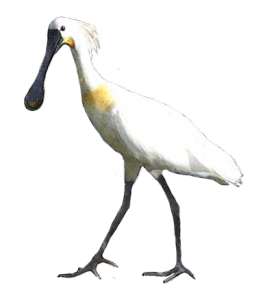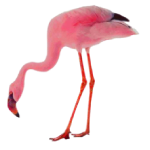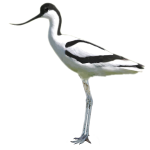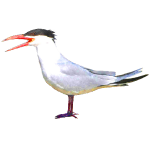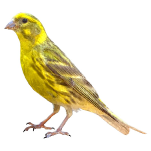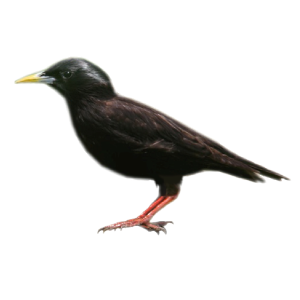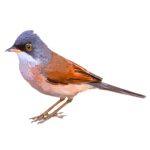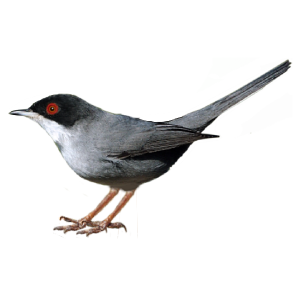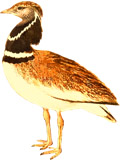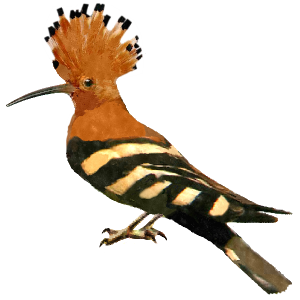HOTSPOT FACTSHEET: CASTRO MARIM NATURE RESERVE
Location: Castro Marim and Vila Real de Santo António, Eastern Algarve | Coordinates: Please see below | Code: VA1/CM2/CM3 | Completion Time: up to 12-14 hours, in aggregate | Best Time for Birdwatching: Autumn, winter and spring | Activities: Birdwatching; nature walks/hiking; cycling, running & other outdoor activities; sightseeing;
[PLEASE CHECK CASTRO MARIM NATURE RESERVE’S BIRD SPECIALITIES AT THE BOTTOM OF THIS PAGE] Created by large tides acting on the alluvial plain, the Reserve’s numerous canals, mudflats, and marshes are mostly encircled by farmland, grassland, shrubby vegetation, and saltpans. Here, the avian populations include a heronry, as well as a very sizable contingent of Avocets, Spoonbills, Greater Flamingos, and Black-winged Stilts. Birds are more plentiful during their migratory periods and in winter; contrastingly, the amount of birds is at a nadir between late July and early August. This is also a place where local rarities show up with some regularity – for instance, species like Lesser Yellowlegs, Yellow-browed Warbler, Red-necked and Wilson’s Phalaropes, Long-tailed Duck, Marsh and Broad-billed Sandpiper, White-winged and Forster’s Terns, Lesser Flamingo, Pallid Harrier, Crested Coot, Red-throated Pipit, and White-rumped Swift (among numerous others) have all been observed around Castro Marim in the recent past. For birdwatching purposes, this avian hotspot can be further divided into three main areas: Venta Moinhos Salt Marsh, Cerro do Bufo Saltpans, and Carrasqueira/Barquinha.
Code: CM 3 | Coordinates: 7º25’32.92’’W, 37º13’51.62’’N
Venta Moinhos encloses the most diverse range of biotopes within the Reserve: providing access to the river’s banks, this is a fairly patterned area covered by salt and brackish marshes, channels, mudflats, grassland, sparse orchards, shrubby vegetation, artisanal saltpans, and agricultural smallholdings. The dirt trail leading to the Reserve’s headquarters affords great opportunities to observe waders and long-legged birds, as well as passerines, birds of prey, and ground-dwelling species. Radiating from the headquarters, a network of walking trails directs visitors towards the most interesting places for birdwatching; in close proximity to the buildings, there is also a bird hide on the margins of a freshwater lagoon (please note that visitors must ask for a key at the headquarters to access this wooden bird hide).
Venta Moinhos is one of the places in Portugal where the Lesser Short-toed Lark nests; by far, it is also the most favourable location in the Algarve to observe the Great Spotted Cuckoo. Other noteworthy species dwelling in the area include Spoonbill, Caspian Tern, Collared Pratincole, Greater Flamingo, Little Stint, Kentish Plover, Osprey, Red-crested Pochard, Gull-billed Tern, Spotted Redshank and Ruff; and Hoopoe, Little Bustard, Waxbill, Crested Lark, Eurasian Crag-martin, Spotless Starling, Pallid Swift, Sardinian Warbler, Montagu’s Harrier, Caspian Tern, Little Owl, Southern Grey Shrike, Spectacled Warbler, Stone Curlew, and Red-necked Nightjar in the drier biotopes. Curlew Sandpiper and Black Tern are frequent callers during the migratory periods; the Little Bittern also makes very sporadic appearances, and the Ferruginous Duck is a regular, albeit very rare, inhabitant (mainly during winter).
Advice to Visitors: The Interpretation Centre opens at 9:30 a.m. and closes at 3:30 p.m., but visitors are free to roam Venta Moinhos at any time of the day throughout the year. Many of the Reserve’s information panels are unreadable, regrettably. To reach Venta Moinhos by car, follow the A22 motorway and then exit towards Castro Marim; turn left towards Alcoutim, Mértola and Beja at the junction with the EN 122 road; continue to drive for 500 metres (0.3 miles), and then turn right onto the dirt trail leading to the Reserve’s headquarters. There’s ample car park next to the premises; however, parking directly at the Interpretation Centre will make you bypass a very rich and interesting stretch of the Reserve. Instead, you can either stop the car along the way – but do not expect to stumble upon shy birds like the Little Bustard – or, alternatively and more silently, you can just park next to the little A22 motorway viaduct, and proceed on foot (or by bicycle, if you have one). Motor vehicles are not allowed beyond the headquarters. Venta Moinhos is best visited early in the morning. See also Venta Moinhos Salt Marsh Trail and Castro Marim Nature Reserve | Nature and Birds.
Code: CM2 | Coordinates: 7º27’48.81’’W; 37º12’33.83’’N
Bounded to the south by the Carrasqueira canal, Cerro do Bufo is a very large salt extraction complex (the largest in Portugal) inhabited by significant aggregations of birds at different times of the year. Confined by an intricate network of levees, its saltpans are segmented into many evaporation ponds with distinct depths, widths, and salinity levels. Such ecological unevenness is in fact quite beneficial for many specialist birds (those species that can thrive only within a constricted range of environmental conditions), like most of the waders and the long-legged birds; and contrary perhaps to common sense, actively managed saltpans – including the industrial complex at Cerro do Bufo – can actually enhance biodiversity.
Depending on the season, this is an excellent area to observe Greater Flamingo, Black-winged Stilt, Little Tern, Spoonbill, Pied Avocet, Caspian Tern, and Collared Pratincole. These saltpans are also one of the most favourable places in the Algarve to observe both Slender-billed Gulls (rare) and Audouin’s Gulls (scarce), as well as Black Tern during the bird’s migration. Further afield, the neighbouring farm, scrub, and grasslands are inhabited by Eurasian Thick-Knee, Red-rumped Swallow, Little Bustard, Azure-winged Magpie, White Stork, Red-necked Nightjar, Spectacled Warbler, Zitting Cisticola, Bee-eater, Crested Lark, Cattle Egret, Spotless Starling, and Spanish Sparrow.
Advice to Visitors: In order to access Cerro do Bufo, visitors are advised to follow the signposted dirt trail that contours the northern edge of the saltpans. The trail ends approximately 5.7 kilometres (3.54 miles) further to the east on the road between Castro Marim proper and Vila Real de Santo António. The western trailhead is located at a crossroads on the N125-6 road connecting the town of Castro Marim to the village of São Bartolomeu (please check the map above). It is a linear trail that can be walked in either direction using the markings (see here) painted on rocks and posts along the way. Sturdy and adequate footwear is necessary for a comfortable walk. This part of the reserve can only be visited on foot or by bicycle; private cars are not allowed and there’s no car parks in the vicinity, unfortunately. The best time to visit Cerro do Bufo is during the afternoon. Please note that access to the actual saltpans is prohibited: only the workers and the Reserve’s employees have unrestricted access to the levees and salt evaporation ponds. Because the terrain may become muddy and slippery, Cerro do Bufo should probably be avoided during rainy days; apart from that situation, it can be visited year round.
Code: VA 1 | Coordinates: 7º25’41.55’’W, 37º11’56.51’’N
Carrasqueira is the Reserve’s main water channel. Highly influenced by the tides, this larger waterway is bordered by saltpans, saltmarshes, orchards, farmland and pastureland. When it exposes the extensive mudflats, low tide at Carrasqueira also exposes a varied assortment of waders and long-legged birds feeding all over the organically-rich substrate. Larger species like the White Stork, the Spoonbill, the Grey Heron, and the Flamingo, are accompanied by an ensemble of smaller birds that include Black-necked Grebe, Little Stint, Kentish Plover, Spotted Redshank, Ruff, Ringed Plover, Lapwing, Grey Plover, Snipe, Golden Plover, Black-tailed Godwit and Greenshank, among many other species. The Red-knobbed Coot makes occasional appearances at Carrasqueira. Montagu’s Harrier and Western Marsh Harrier can also be seen overflying the channel.
Advice to Visitors: The best seasons to visit Carrasqueira are autumn and winter. Exit the A22 motorway at Castro Marim and follow the EN 122 road to Vila Real de Santo António (VRSA). There’s a dirt trail along this road – which partially superimposes the last stretch of the Cerro do Bufo trail – that follows the main channel deeper into the Reserve. Visitors can also scan the margins of the meandering channel further down the EN 122 road, at Barquinha, just before entering VRSA (please check the map above).

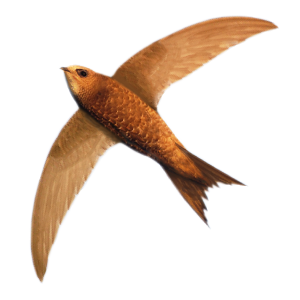
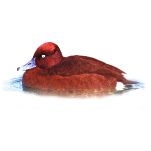
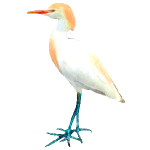
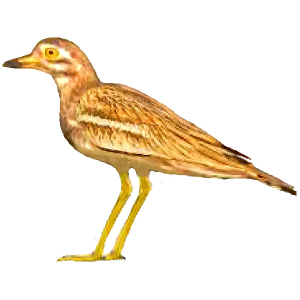
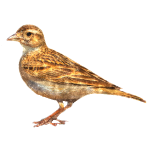
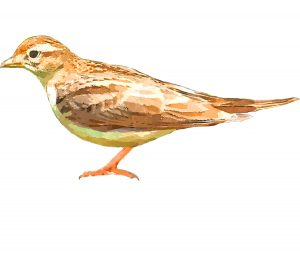 Calandrella rufescens
Calandrella rufescens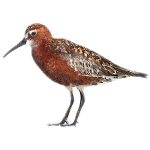
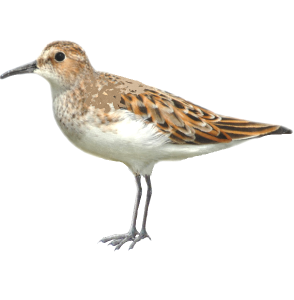
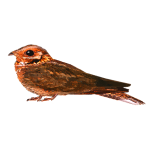
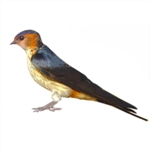
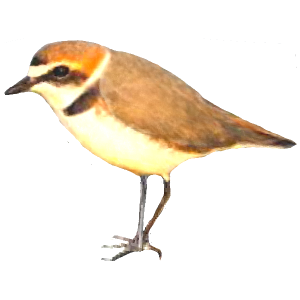
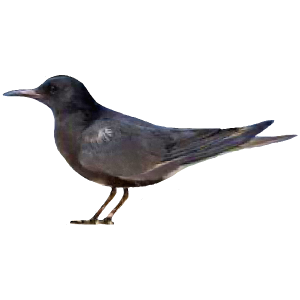
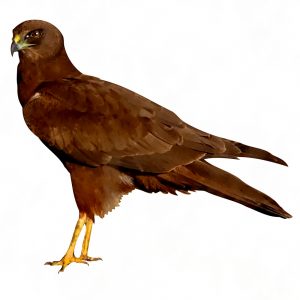 Circus aeruginosus
Circus aeruginosus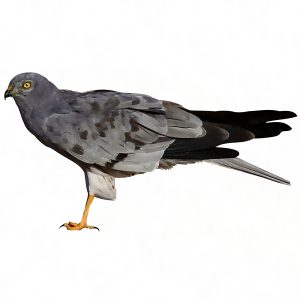 Circus pygargus
Circus pygargus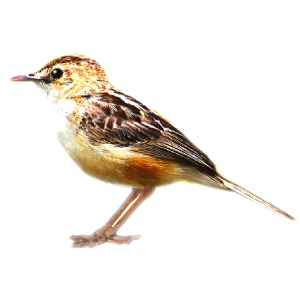
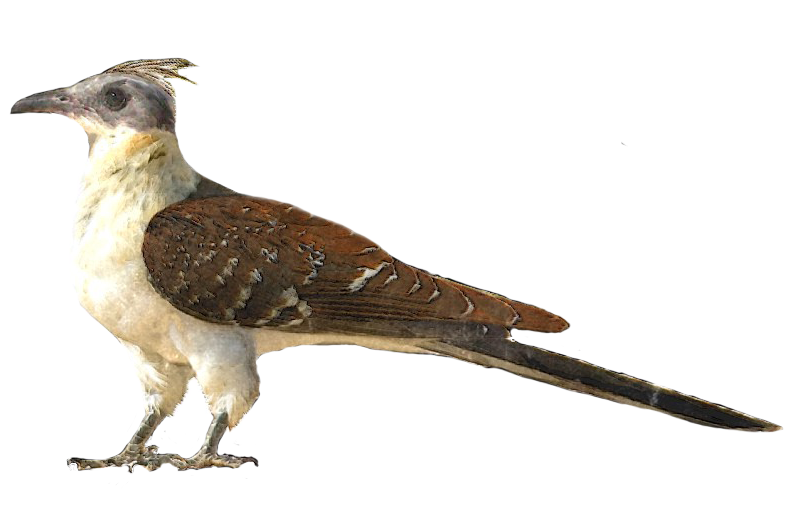
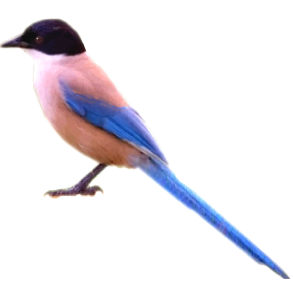
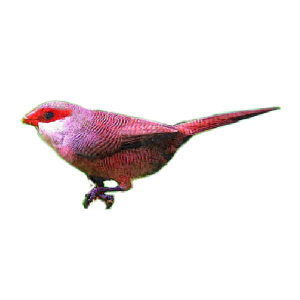
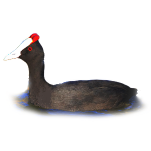
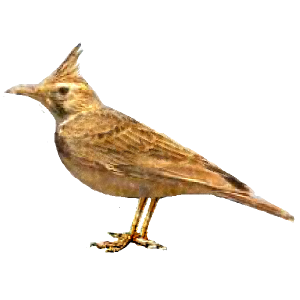
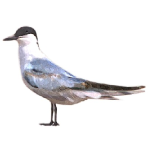
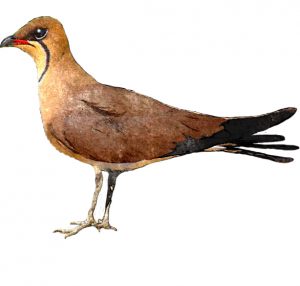 Glareola pratincola
Glareola pratincola